Let's talk English Setters
Every day is a Good Hair Day for the English Setter: These gorgeous glossy and dappled dogs have plenty of energy and a sweet, mellow nature. Descended from pointers and spaniels, like their other setter cousins, they were originally bred as hunting dogs. But times have changed and English Setters certainly don’t need a country lifestyle—as long as they get plenty of exercise, they make content and affectionate family dogs.
Official name: English Setter
Origins: United Kingdom
Drooling tendencies
2 out of 5Shedding Level
3 out of 5Energy level*
5 out of 5Compatibility with other pets
5 out of 5Warm weather?
3 out of 5Suited to apartment living
1 out of 5Family pet?*
5 out of 5Can stay alone
1 out of 5
| Male | Female |
|---|---|
| Height | Height |
| 65 - 69 cm | 61 - 65 cm |
| Weight | Weight |
| 29 - 36 kg | 20 - 25 kg |
| Life stages | |
|---|---|
| Adult | |
| 15 months to 5 years | |
| Mature | Senior |
| 5-8 years | From 8 years |
| Baby | |
| Birth to 2 months | |
Drooling tendencies
2 out of 5Shedding Level
3 out of 5Energy level*
5 out of 5Compatibility with other pets
5 out of 5Warm weather?
3 out of 5Suited to apartment living
1 out of 5Family pet?*
5 out of 5Can stay alone
1 out of 5
| Male | Female |
|---|---|
| Height | Height |
| 65 - 69 cm | 61 - 65 cm |
| Weight | Weight |
| 29 - 36 kg | 20 - 25 kg |
| Life stages | |
|---|---|
| Adult | |
| 15 months to 5 years | |
| Mature | Senior |
| 5-8 years | From 8 years |
| Baby | |
| Birth to 2 months | |
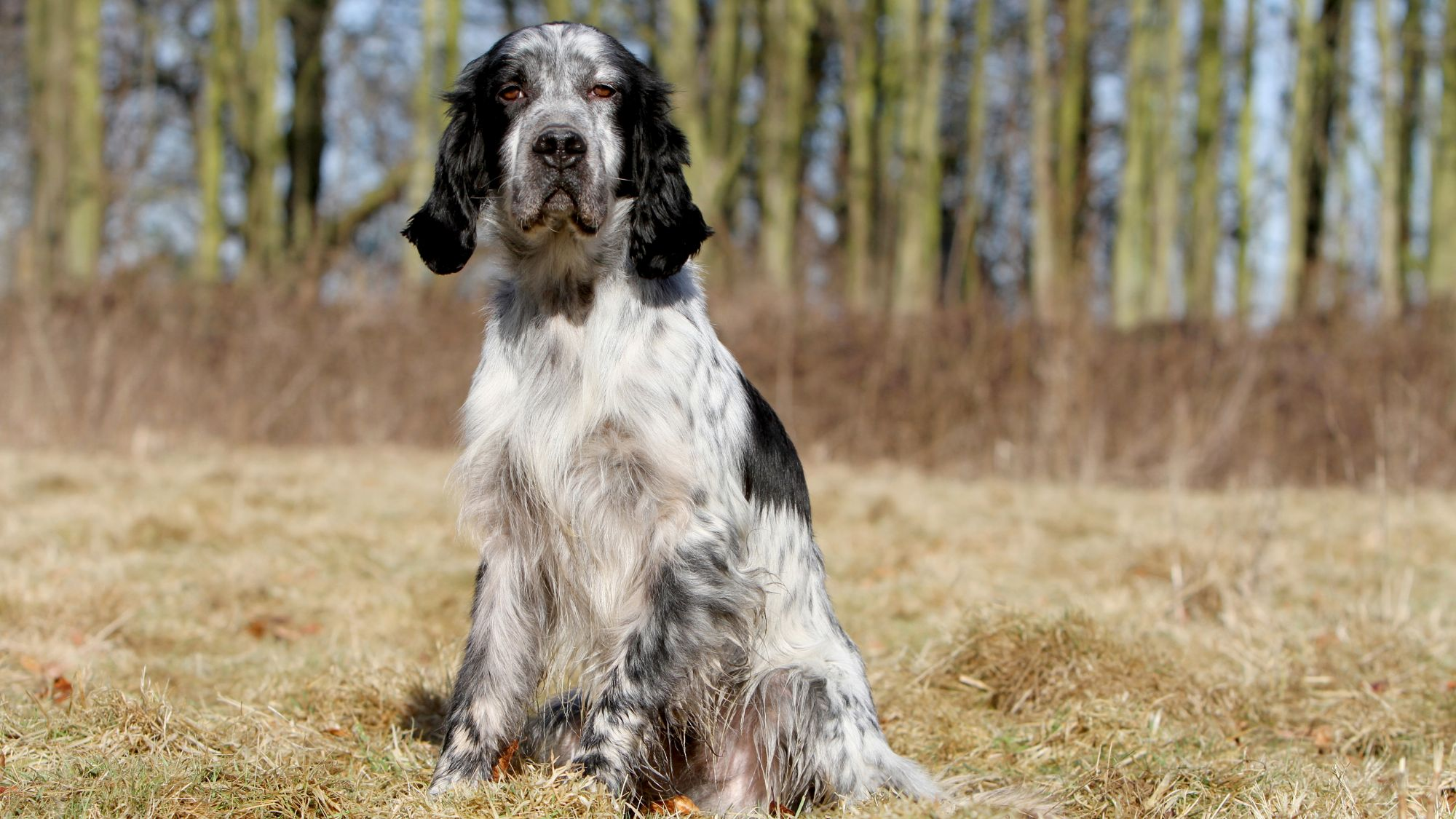
Get to know the English Setter
All you need to know about the breed
The English Setter is sometimes referred to as “the gentle(wo)man of the dog world” and the breed’s elegant appearance – a silky dappled coat and graceful, almost regal bearing – certainly chimes with that description. But with their affectionate, playful and devoted natures, English Setters have much more to offer than their looks, although it’s fair to say that the breed’s charming appearance is a defining characteristic.
The complete list of English Setter colours reads like the menu of an extremely experimental ice cream parlour: Black and white (blue belton), orange and white (orange belton), lemon and white (lemon belton), liver and white (liver belton) or tricolor i.e., blue belton and tan or liver belton and tan.
Once trained, English Setters are sociable and easygoing and get on well with other dogs and children. They are friendly with strangers once they’ve been introduced (those gentlemanly manners!) but may bark to let you know if someone they don’t know is approaching the house. Although they have an independent streak, training should be straightforward, if you stick to the key principles of patience, positive attitude and consistency.
English Setters need plenty of exercise but are calm at home, putting themselves on doggy energy-saving mode indoors. But they don’t like being left alone for long periods. All in all, English Setters make a lovely family pet—just as long as you can handle your dog having the best hair in the family.
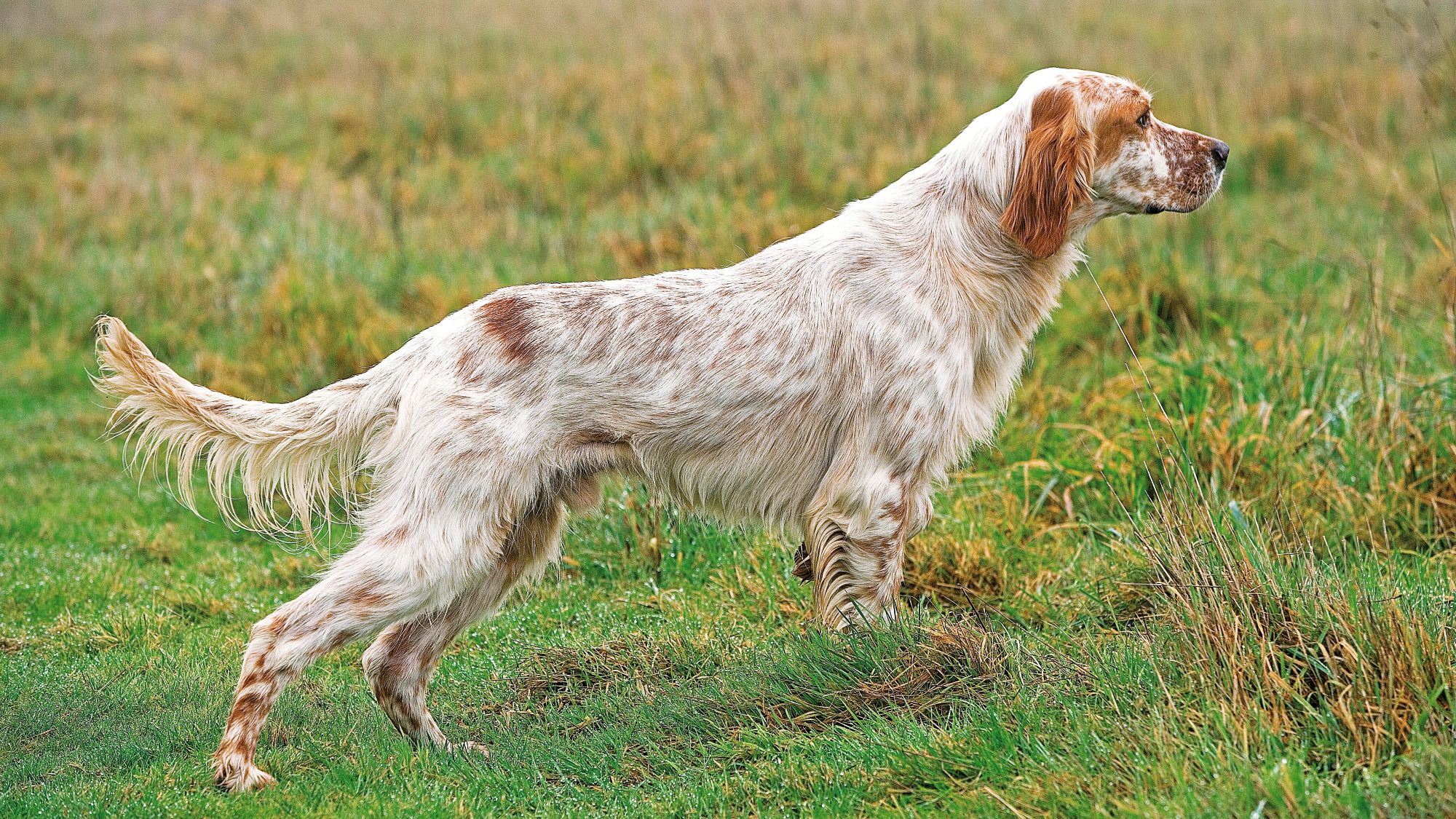
2 facts about English Setters
1. Belton Breed
The word ‘belton’, unique to the breed, is used to describe the English Setter’s beautiful, dappled coat. It is also the name of the English village where Edward Laverack, known as the founder of the breed, used to hunt.
2. On your marks, get set …
The English Setter, originally a hunting dog, gets its name from the way the breed was developed to “set” or lie low to show it had found birds so hunters could throw their nets on them, without tangling up the dogs. Changing hunting practices saw them trained to stand more upright but they kept the name.

History of the breed
The English Setter as we know it today, all glossy speckled coat and joie de vivre, was developed in 19th century England as a hunting dog.
Edward Laverack, the man who gave the name “belton” to the English Setter’s flecked coat, is considered the founder of this gentle and friendly breed, beginning with his first two dogs, Old Moll and Ponto. Meanwhile, Welshman Richard Purcell Llewellin developed a separate sub-set of the breed, more focused on field performance, known as Llewellin Setters.
The breed’s origins date back even further to crosses with pointer and spaniel breeds and are closely entwined with that of other setter breeds, all of which got their name from their ability to lay down quietly or “set” when they found prey.
In more recent years English Setters, elegant and sweet-natured dogs, have evolved to find their place as gentle and friendly family companions.
From head to tail
Physical characteristics of English Setters
1.Coat
2.Head
3.Legs
4.Ears
5.Tail
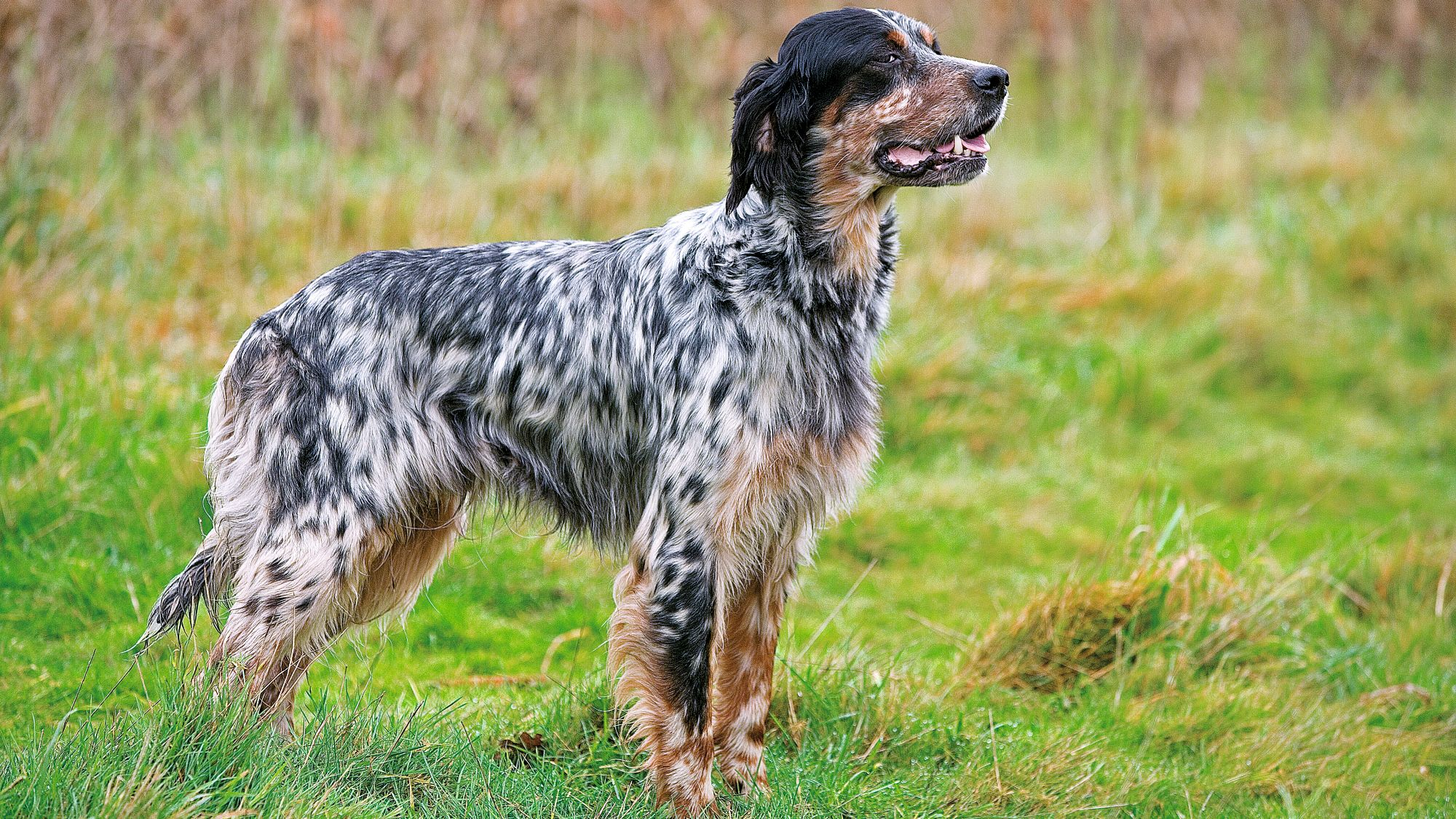
Things to look out for
From specific breed traits to a general health overview, here are some interesting facts about your English Setter
Beware of bloat
As a large, deep-chested breed, the English Setter is prone to gastric dilatation-volvulus (GDV), more commonly known as bloat, a sudden and extremely dangerous swelling of the dog’s abdomen which requires immediate attention from a veterinarian. Get to know the symptoms—bloated abdomen, restlessness, retching, salivation and whining or sudden stillness. To minimise the risk of bloat occurring, offer your English Setter multiple small meals and avoid vigorous exercise around mealtimes.
Ear to the ground
Those gorgeous silky ears are a big part of the breed’s abundant charm, but they don’t come without their challenges. English Setters’ floppy ears have a tendency to block air from circulating, leading to a predisposition towards ear infections. Ears need gentle cleaning weekly and should be monitored for signs of infection—a bad smell, redness or tenderness or the dog shaking their head or scratching at their ear frequently. English Setters can also suffer from skin conditions and as they age and can be prone to developing osteo-arthritis. Regular check-ups with the vet will ensure they stay on form.
They can also be prone to ligament tears
Cruciate ligaments are the muscles that hold the knee joints together. If they tear, it can be very painful for a dog as it allows their knee joints to slide back and forth. This is the most common orthopaedic injury in active dogs that have a straight up and down hind leg structure like the Labrador Retriever. Luckily, it is fairly straightforward to spot issues before they appear with twice yearly orthopaedic exams.
Your vet may also discuss your Labrador’s weight management as a preventive measure. These simple tools can help you stay on top of potential problems.
Healthy diet, healthier dog

When choosing food for an English Setter, there are many factors to consider: Their age, lifestyle, activity level, physiological condition, and health including potential sickness or sensitivities. Food provides energy to cover a dog’s vital functions, and a complete nutritional formula should contain an adjusted balance of nutrients to avoid any deficiency or excess in their diet, both of which could have adverse effects on the dog. Clean and fresh water should be available at all times to support good urinary regularity. In hot weather and especially when out exercising, bring water along for your dog’s frequent water breaks. Energy intake may also have to be adapted to the climatic conditions. A dog that lives outdoors in winter will have increased energy requirements. The following recommendations are for healthy animals. If your dog has health problems, please consult your veterinarian who will prescribe an exclusively veterinary diet.
An English Setter puppy’s requirements, in terms of energy, protein, minerals and vitamins, are much greater than those of an adult dog. They need energy and nutrients to maintain their body, but also to grow and build it. Until they are 15 months old, an English Setter puppy’s immune system develops gradually. A complex of antioxidants – including vitamin E – can help support their natural defences during this time of big changes, discoveries, and new encounters. Their digestive functions are different from an adult English Setter’s, too: Their digestive system is not mature yet so it is important to provide highly-digestible proteins that will be effectively used. Prebiotics, such as fructo-oligosaccharides, support digestive health by helping balance the intestinal flora, resulting in good stool quality.
It is important to choose a kibble with an appropriate size, shape, and texture. This growth phase also means moderate energy needs. Large-breed puppies, such as English Setters, whose growth period is long and intense, are especially susceptible to skeletal and joint problems, including limb defects, bone deformities, and joint lesions. The first part of growth is mainly concerned with bone development, although the muscles also start to grow. This means that a puppy that eats too much (takes in too much energy) will put on too much weight and grow too quickly. Limiting the energy concentration of a food for English Setter puppies and feeding a correct daily amount will help control the speed of growth and minimise these risks.
Concentrations of other nutrients should be higher than normal in a specially-formulated growth food. Although the calcium content in the food needs to be increased, maxi-sized breed puppies are more sensitive to excessive calcium intake. It’s important to understand that adding any ingredients to a complete food formulated for the growth phase is at best unnecessary and at worst dangerous for the animal, unless prescribed by a veterinarian. It is recommended to split the daily allowance into three meals a day until they are 6 months old, then to switch to two meals per day.
Throughout their life, it is important to avoid feeding English Setters human foods or fatty snacks. Instead, reward them with kibbles taken from their daily meal allowance, and strictly follow the feeding guidelines written on the package in order to prevent excessive weight gain.
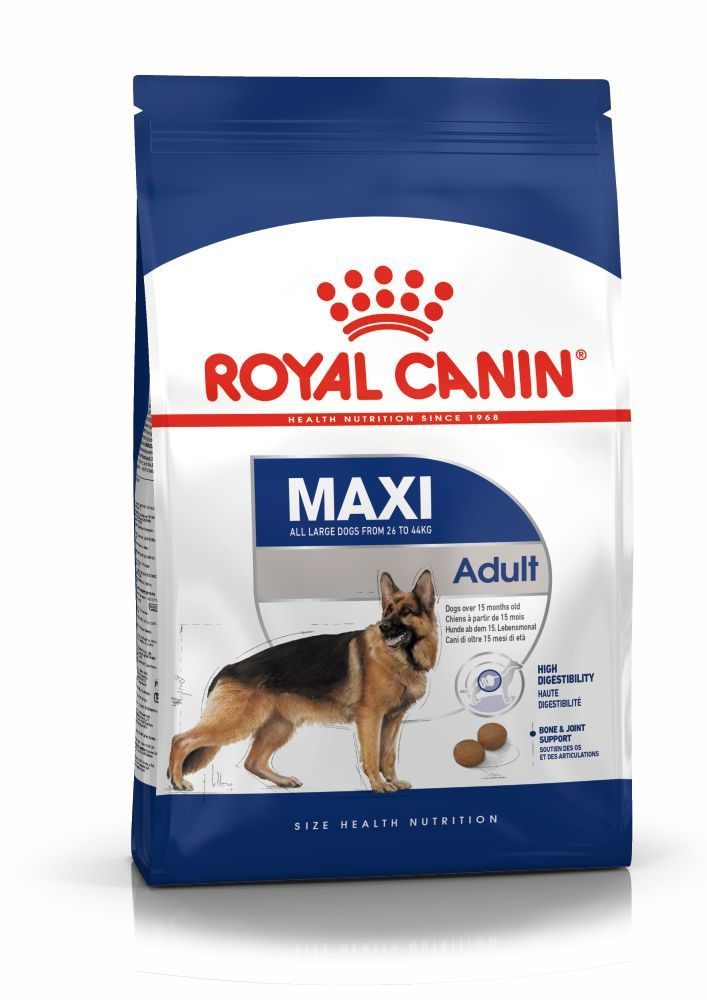
The main nutritional goals for adult English Setters are:
Maintaining an ideal body weight by using highly-digestible ingredients and keeping the fat content at a sensible level.
Helping to support the health of their bones and joints with glucosamine, chondroitin, and antioxidants.
Promoting optimal digestibility with high-quality protein and a balanced supply of dietary fibre.
Helping preserve the health and beauty of the skin and coat with the enriched addition of essential fatty acids (especially EPA and DHA), essential amino acids, and B vitamins.
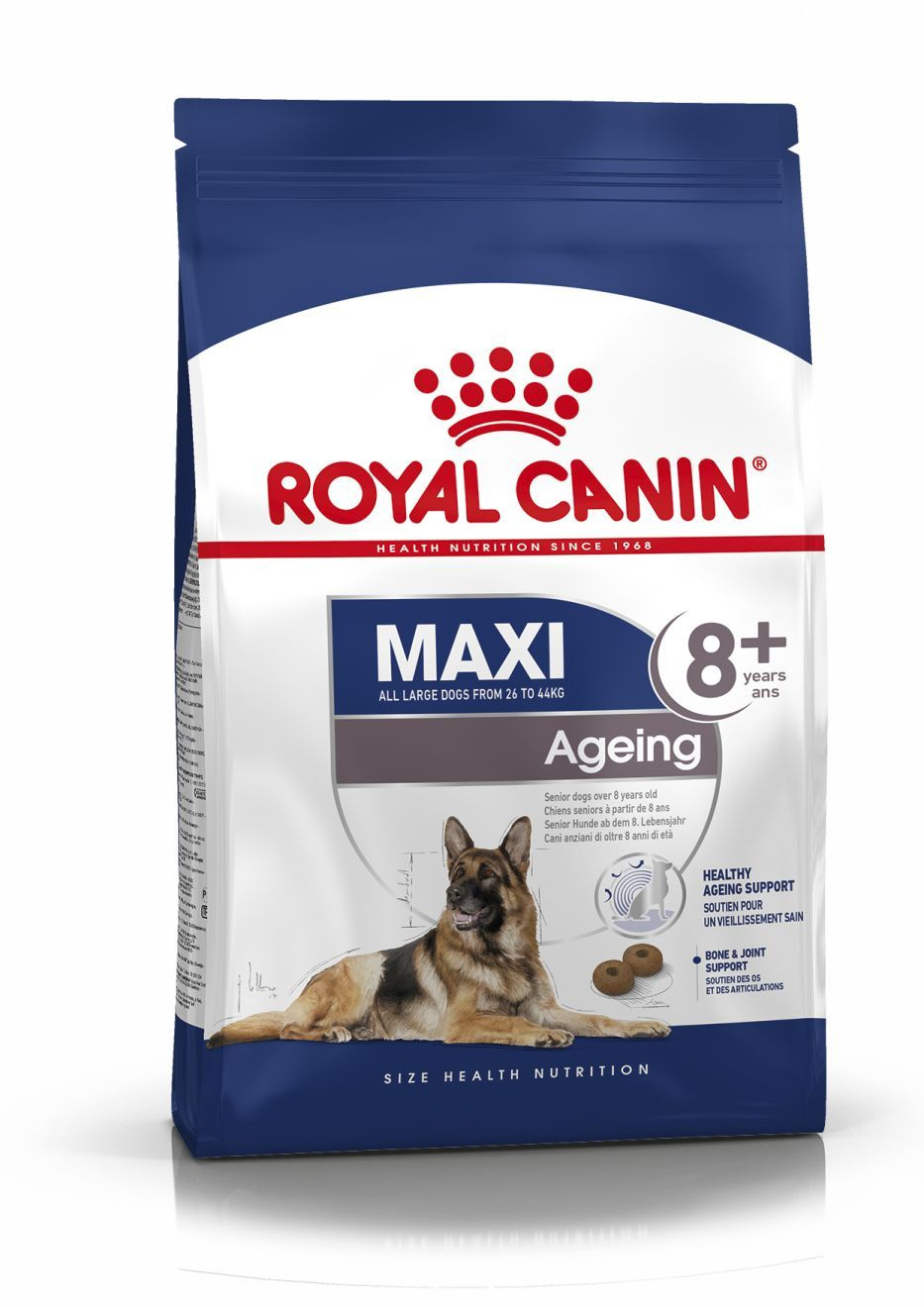
After 5 years old, English Setters will start facing the first signs of ageing. A formula enriched with antioxidants will help maintain their vitality, and specific nutrients, such as chondroitin and glucosamine, will help support healthy bones and joints. Ageing is also accompanied by the modification of digestive capacities and particular nutritional requirements, so food for older English Setters should have the following characteristics:
Higher vitamin C and E content. These nutrients have antioxidant properties, helping to protect the body’s cells against the harmful effects of the oxidative stress linked to ageing.
High-quality protein. Contrary to a widely held misconception, lowering the protein content in food brings little benefit in limiting kidney failure. On top of it, older dogs are less efficient at using dietary protein than younger dogs. Reducing the phosphorous content is a good way of slowing down the gradual deterioration of kidney function.
A higher proportion of the trace elements iron, zinc, and manganese to help maintain the good condition of the skin and coat.
A higher quantity of polyunsaturated fatty acids to help maintain the quality of the coat. Dogs can normally produce these fatty acids, but ageing can affect this physiological process.
As they age, dogs increasingly suffer from teeth problems. To ensure they continue to eat in sufficient quantities, the size, shape, and texture of their kibble needs to be tailored to their jaw.
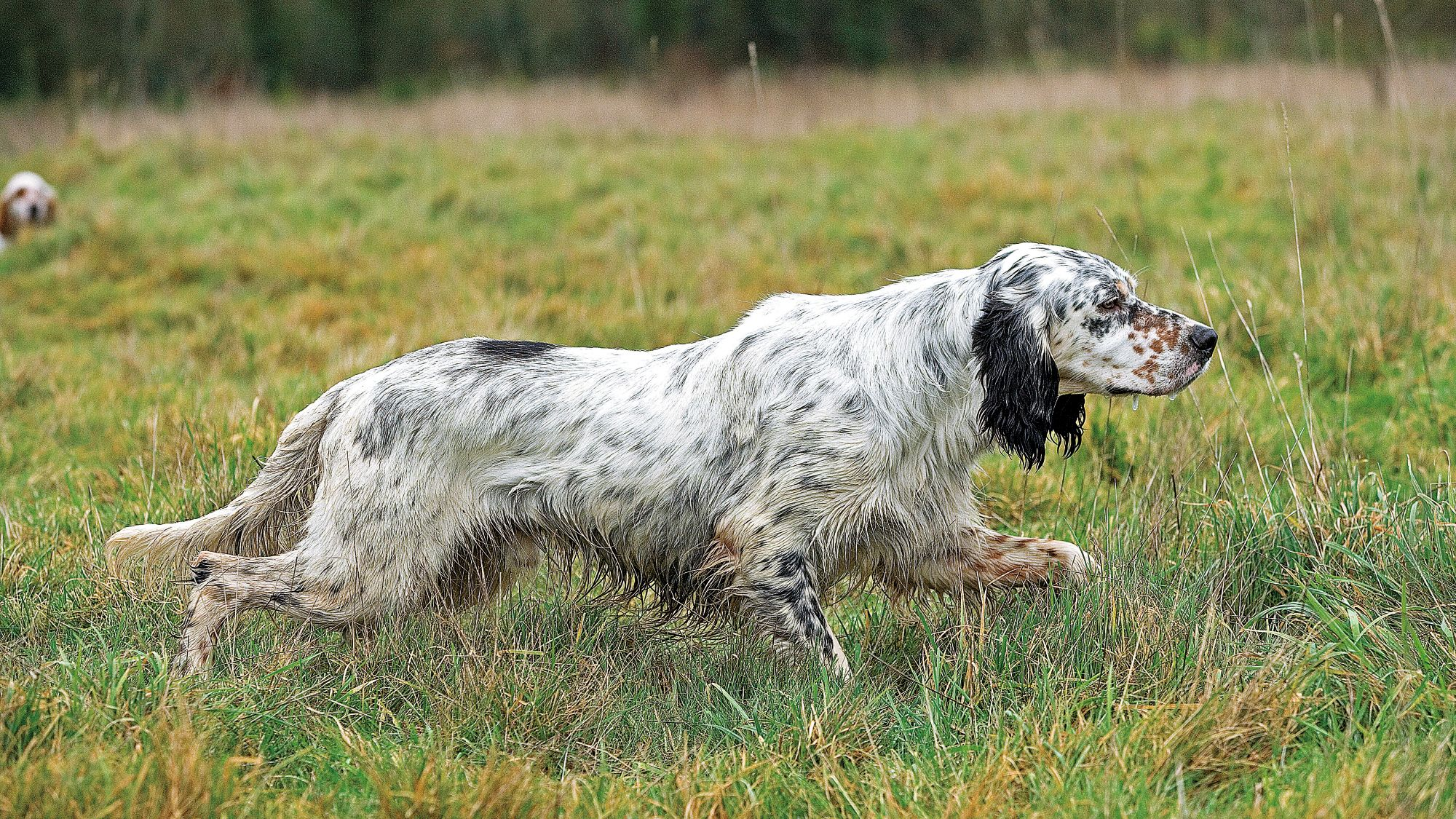
Caring for your English Setter
Grooming, training and exercise tips
7/7
All about English Setters
Once trained, English Setters get along well with children as well as other animals. They are sociable and affectionate but can suffer from separation anxiety—don’t leave your English Setter home alone too long unless you want them to embark on some rather destructive interior decoration.
English Setters are not known to be aggressive—in fact, they have a reputation for being gentle. English Setters are alert and lively, however, and will bark to let you know if someone they don’t know is approaching the house.
Suggested Breeds
Read more on this topic
Sources
- Veterinary Centers of America https://vcahospitals.com/;
- Royal Canin Dog Encyclopaedia. Ed 2010 and 2020
- Banfield Pet Hospital https://www.banfield.com/
- Royal Canin BHN Product Book
- American Kennel Club https://www.akc.org/
Like & share this page